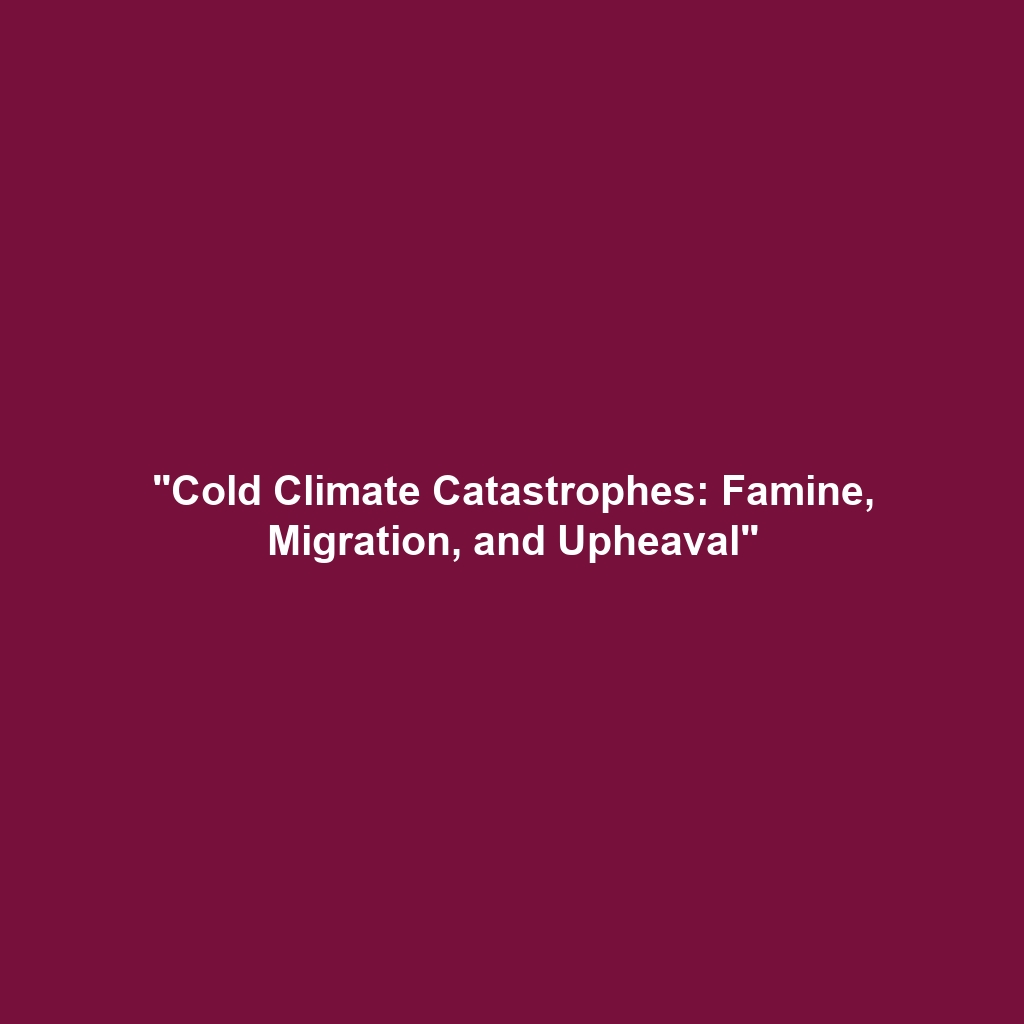Lucy: The Famous Hominin Fossil and Its Significance in Human Evolution
Introduction
Discovered in 1974 in the Afar region of Ethiopia, Lucy represents one of the most significant finds in the study of human evolution. This remarkably preserved 3.2 million-year-old skeleton provides invaluable insights into the anatomy and behavior of early hominins, helping researchers understand the evolutionary path leading to modern humans. With approximately 40% of her skeleton recovered, Lucy is a pivotal piece of evidence that enhances our knowledge of early hominin traits, such as bipedalism and social structures, thus solidifying her importance in the narrative of human evolution.
Key Concepts
Significance of Lucy in Human Evolution
Lucy, classified as Australopithecus afarensis, illustrates several key concepts of human evolution. Her skeletal structure shows a combination of ape-like and human-like features, which reveals critical adaptations stemming from her bipedal locomotion. Important insights include:
- Bipedalism: The ability to walk upright is a hallmark of human evolution, separating early hominins from other primates.
- Physical Characteristics: Lucy’s small skull and larger pelvis provide data on early hominin body proportions.
- Behavioral Implications: Evidence of Lucy’s physical traits suggests potential social behaviors and adaptations to a challenging environment.
Applications and Real-World Uses
The study of Lucy and other early hominin fossils have significant applications within the realm of human evolution. For example:
- Educational Frameworks: Lucy serves as a critical case study in anthropology and biology courses, enhancing the learning experience.
- Paleontological Research: Ongoing research into Lucy’s remains aids in reconstructing ancient environments and understanding evolutionary adaptations.
- Public Awareness: Exhibits featuring Lucy contribute to public education about our evolutionary heritage, sparking interest in science.
Current Challenges
Despite its significance, studying Lucy poses several challenges:
- Preservation Issues: Fossilization is a rare process; hence, sample preservation and integrity can be major hurdles.
- Interpretation Debates: Variability in fossil interpretations sometimes leads to scientific disagreements about the evolutionary narrative.
- Access to Research: Limited access to the fossil and findings can hinder collaborative research efforts.
Future Research and Innovations
The future of research surrounding Lucy is promising, particularly with advancements in technology:
- 3D Imaging Techniques: Innovations in imaging allow for detailed studies of Lucy’s skeletal structure without handling the fossil itself.
- Genomics: Upcoming studies on ancient DNA may provide deeper insights into genetic relationships among hominins.
- Artificial Intelligence: AI tools will enhance the cataloging and analysis of fossil data, potentially revealing new patterns in human evolution.
Conclusion
Lucy remains a foundational piece in the puzzle of human evolution, offering crucial insights into our past. Understanding her significance not only enriches our knowledge of early hominins but also invites ongoing exploration in this vital field. For more information on related topics, consider reading our articles on Australopithecines and Hominin Evolution.


